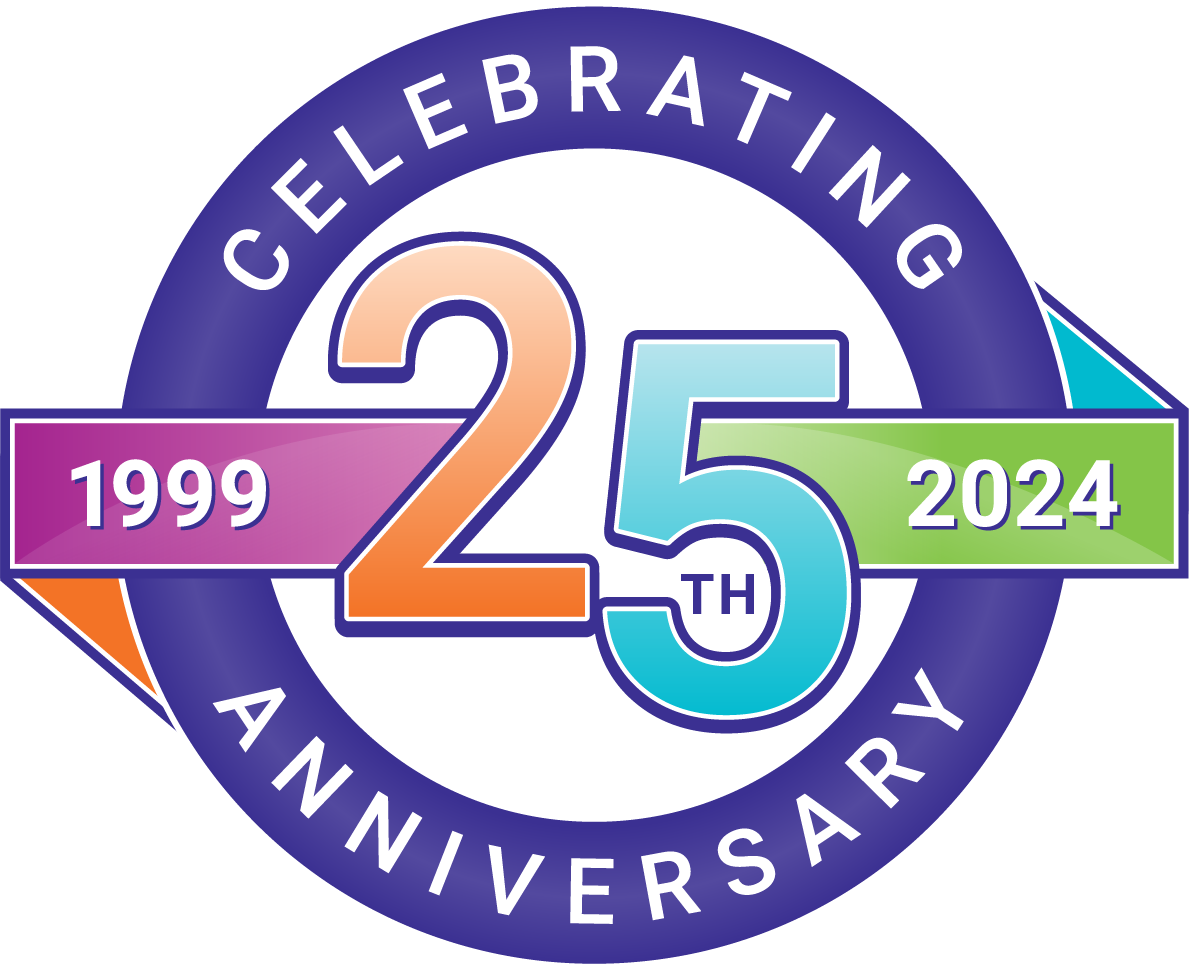Call Numbers
1. Call Numbers | 2. Dewey Decimal System | 3. Locating a Book
The call number of a book is its address in the library. Usually the call number is located on the spine of a book and has at least two lines. The call number is sometimes letters and not numbers at all. Below are examples of some typical call numbers. Your library may use others. Ask the librarian.
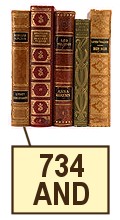 |
734 tells me that this is in the nonfiction 700 / fine arts section AND tells me that the author's name begins with "And" as in "Anderson." |
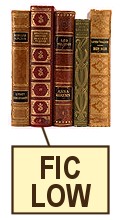 |
FIC stands for Fiction and LOW stands for the author's last name. |
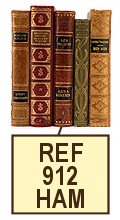 |
REF stands for reference. 912 tells me that this is a 900 / history & geography book. HAM stands for the author's last name. If the first line of the call number is REF, it belongs in the reference section of the library. Encyclopedias, atlases, dictionaries, and almanacs are the kinds of book in this section. Some books are in the reference section because they do not circulate like other library books, meaning you can only use them in the library. The second line of the call number is the Dewey number that indicates the subject of the book. It is the same as books on the same topic in the nonfiction section. The third line of the call number is the beginning letters of the author's last name. Books in this section are in numerical order using the Dewey Decimal System. Books with the same Dewey number are shelved in alphabetical order by the letters in the third line.
|
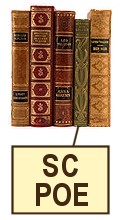 |
|
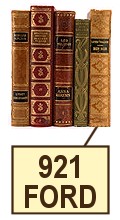 |
921 is the Dewey number for individual biographies. FORD is the last name of the subject of the book -- Henry Ford in this case. Biography books tell the life of one person. All biography books have the Dewey number 921 as the first line of the call number. The second line in most nonfiction books refers to the author. However, in the biography section, it is most useful if all the books about the same person are together no matter who the author is. For this reason, the second line is the name of the person the book is about, not the author. Books in this section are in alphabetical order by the last name of the person the book is about. |
Next => Now that you understand how call numbers work, it it is time to learn about the Dewey Decimal System.
| Educator Content There is currently no educator content for this page. |
|
Do you want to share this page with students, but you don't want students to see the Educator Content section? Share this link instead of the URL at the top of the page: |
